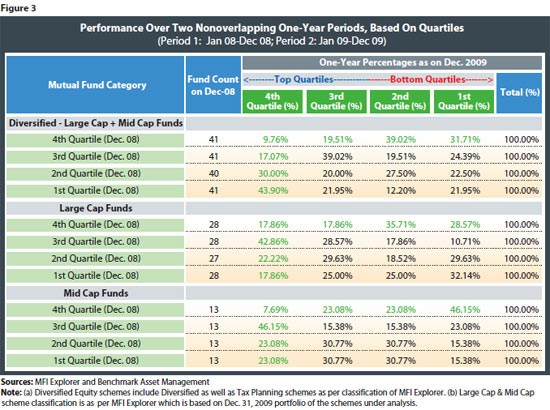Ten Myths About ETF Investing
Post on: 31 Март, 2015 No Comment

by Michael Johnston on November 25, 2009 | Updated June 12, 2014
Boasting competitive cost structures. enhanced tax efficiencies, and improved liquidity features, ETFs have quickly become one of the most popular tools for all types of investors. But despite the rapid rise of the industry from 2004 to 2009, there are still countless investors, including many financial advisors. who are completely unaware of exchange-traded funds. Even among those who are relatively well educated on the basics of ETFs, confusion on the nuances of these products can run rampant.
While the benefits and functions of ETFs are relatively simple to grasp, their are some complexities that have created confusion about these products. Below are a look at ten of the most common myths about ETF investing, along with some simple (and not-so-simple) truths.
Myth #1: ETFs Eliminate Investor Tax Liabilities
When touting the benefits of exchange-traded products, most investors lead with the reduced cost structure and enhanced tax efficiency relative to actively-managed mutual funds. While the lower costs associated with ETFs is relatively easy to explain and understand, the tax advantages are a little more difficult to grasp. Many investors mistakenly believe that ETFs are taxable at a lower rate than stocks or mutual funds, or that ETFs are exempt from taxes altogether.
The tax efficiencies of ETFs are primarily related to the creation/redemption process: because investors trade with each other, managers dont have to sell off assets whenever investors want to cash out. Moreover, savvy managers can use the in-kind redemption process to slough off shares that have the biggest unrealized gains, thereby limiting taxes that will ultimately be paid.

But ETFs are not immune to capital gains distributions for example they may make them if the underlying benchmark changes or one company in the index acquires another. And gains incurred on ETFs will, under most circumstances, still be taxable to individual investors. The tax benefits of ETFs are very real, and can have a material impact on bottom-line portfolio performance. But ETFs arent a magic cure-all that will keep the tax man at bay indefinitely.
Myth #2: ETFs Are Primarily Used By Long-Term, Buy-And-Holders
Due to their ultra-low expense ratios, ETFs would seem to be the ideal tool for long-term buy-and-hold investors looking to enjoy the benefits of compounding returns while avoiding what Jack Bogle calls the tyranny of compounded costs.
So investors may be shocked to see the turnover numbers exhibited by some of the funds that are generally found among the core holdings in many investor portfolios. As shown in the table below, many broad market and sector-specific ETFs exhibit daily trading volumes that imply a turnover period measured in weeks, not years. The Energy Select Sector SPDR (XLE ), for example, has a daily volume equal to about 20% of total shares outstanding, indicating that the fund turns over every 5 trading days (see charts of XLE here ).














